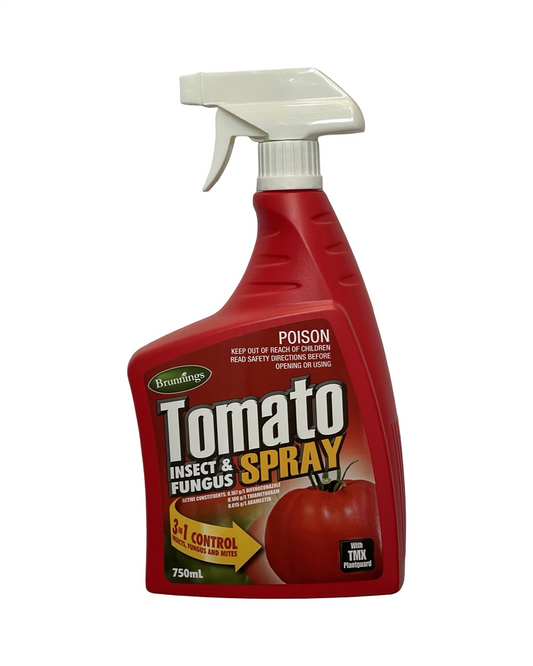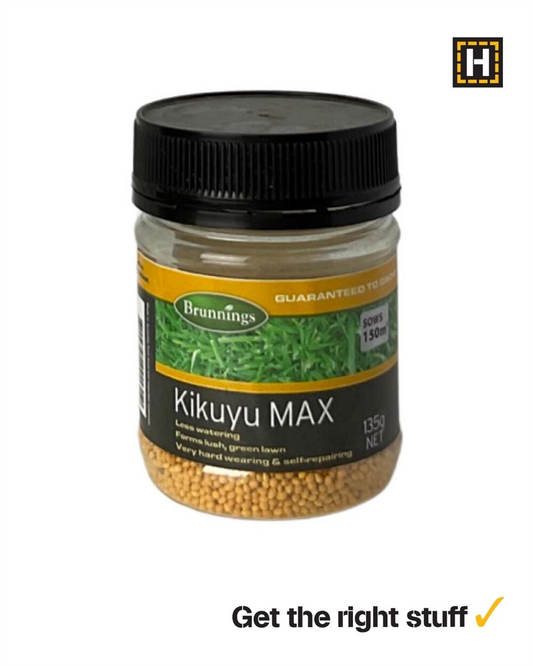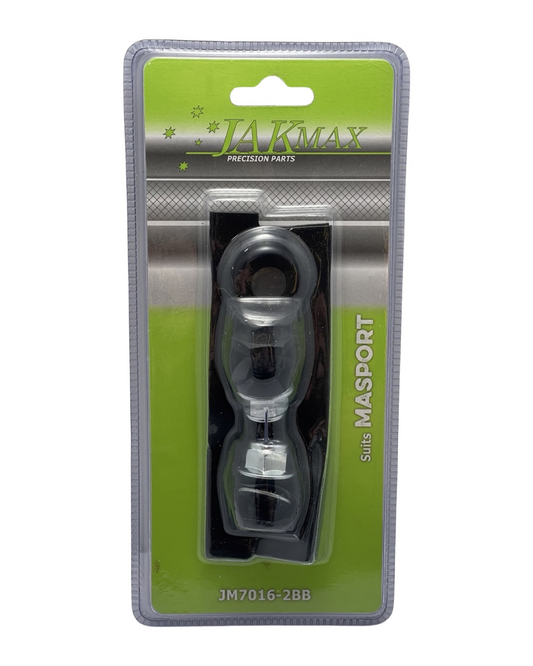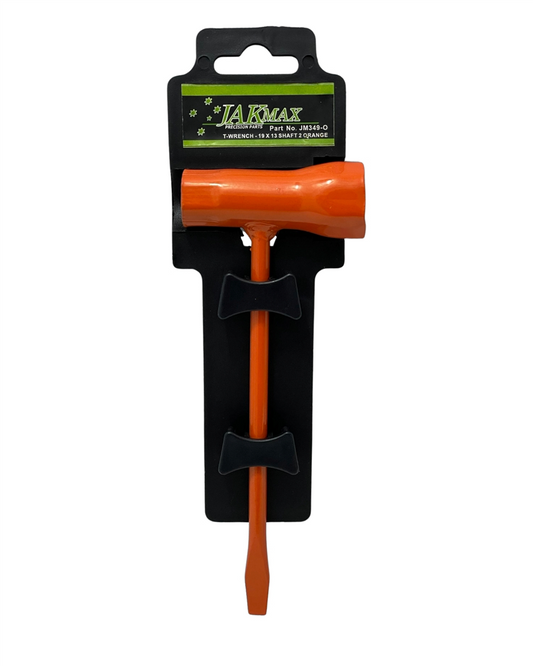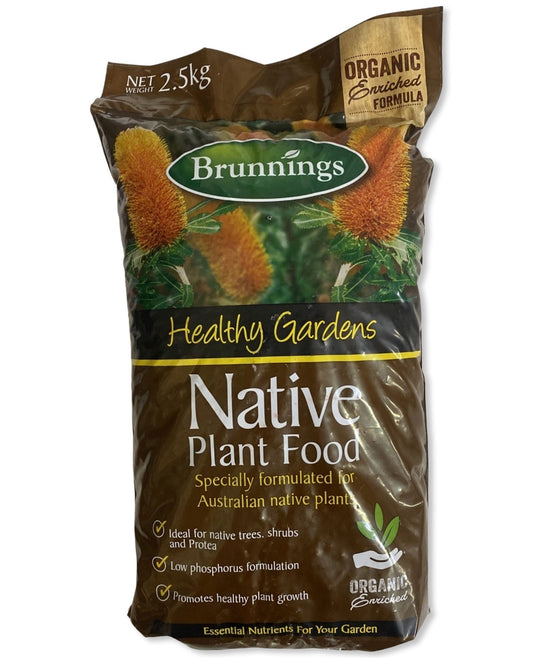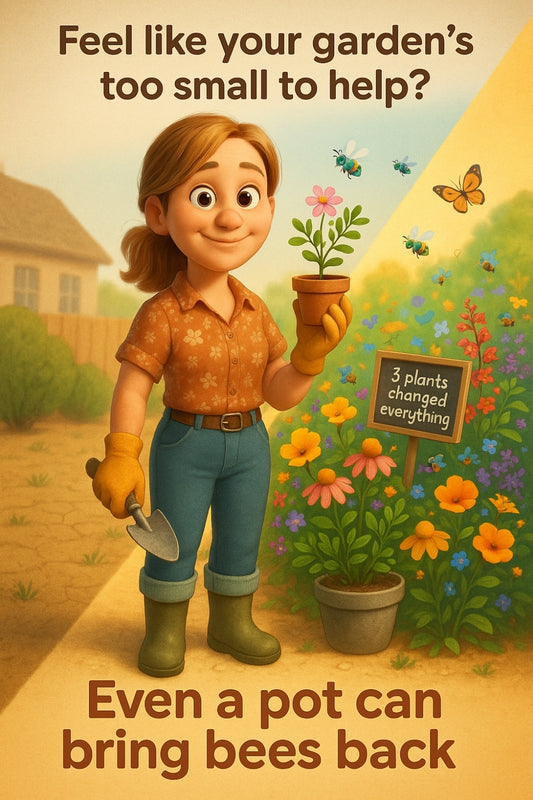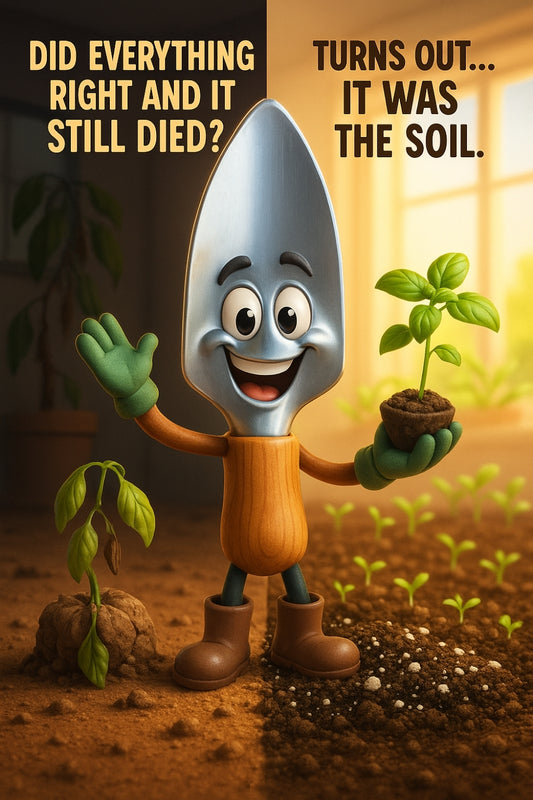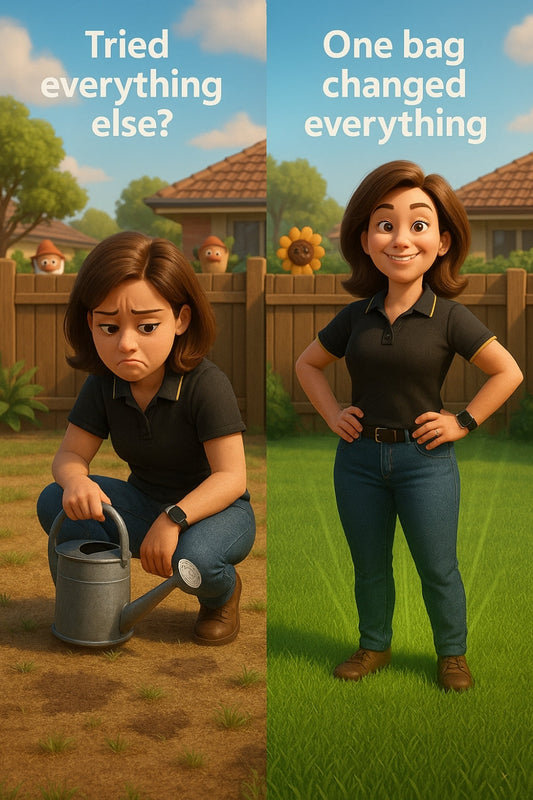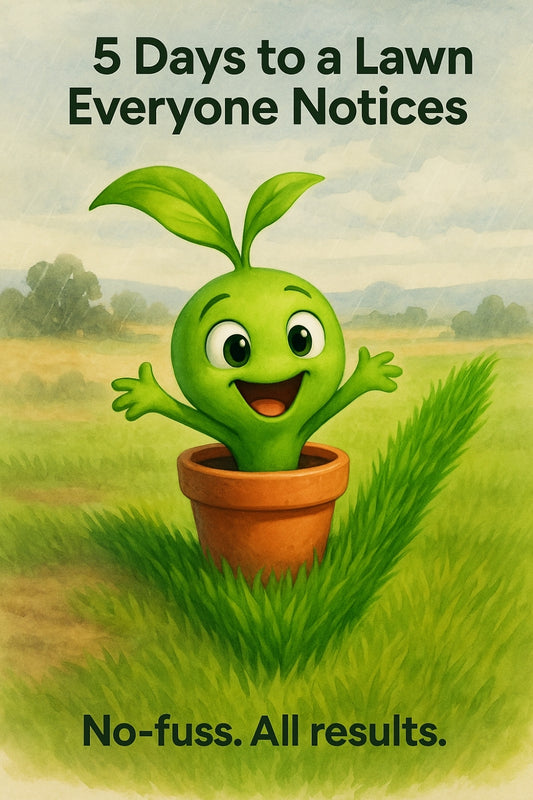No sun, no problem — these 5 plants thrive where others tap out.
Share
No sun, no problem — these 5 plants bloom where others bow out
Love gardening but stuck with shade? These low-light champions are your new best mates.
If you've ever tried coaxing tomatoes to grow in a shady courtyard, you’ve likely met defeat in the form of droopy, fruitless stems. Some plants just need full sun — but here's the good news: not all of them do.
Whether you’ve got a cosy, tree-covered yard, a south-facing wall, or a balcony with more shadows than light, there are still plenty of plants ready to flourish in low light. You just need to know where to look.
"Shade doesn’t mean nothing grows — it just means you need to grow smarter."
Here are five low-light legends that don’t just survive in shade — they prefer it. Bonus? They're all beginner-friendly, forgiving, and available locally.
1. Peace Lily (Spathiphyllum)
This indoor classic is a quiet achiever. With dark, glossy leaves and white, hooded blooms, peace lilies are perfect if you want green without the guesswork. They’re one of the few plants that will flower in low light — though less often than in brighter spots.
- Where it works: Indoors, bathrooms, shaded patios
- Water needs: Keep soil slightly damp, not soaked
- Top tip: If the leaves droop, it’s a thirsty cry — give them a drink and they’ll usually perk up in hours.
2. Kangaroo Fern (Microsorum diversifolium)
Native to Australia and full of personality, this fern has leathery, kangaroo-paw-shaped fronds that add texture to shady spaces. Happy in pots or planted under taller trees, it holds up in dry shade better than many other ferns.
- Where it works: Under eaves, in hanging baskets, or beneath taller shrubs
- Water needs: Water weekly or when topsoil feels dry
- Top tip: Protect from harsh wind — its fronds are hardy, but not invincible.
3. Cast Iron Plant (Aspidistra elatior)
Named for how tough it is, the cast iron plant is nearly unkillable. It tolerates deep shade, neglect, forgetful watering, and even the occasional bit of frost. The leaves can get dusty, so give them a wipe now and then — but otherwise, it’s set-and-forget gardening.
- Where it works: Shady garden beds, dark corners, feature pots
- Water needs: Minimal — let the soil dry out between drinks
- Top tip: Great for renters or anyone who travels — it forgives abandonment like a saint.
4. Japanese Sacred Bamboo (Nandina domestica)
Despite the name, it’s not actually a bamboo — more of a chilled-out shrub with changing seasonal colours. Shade won’t stop it putting on a fiery red and gold show in cooler months. Perfect for garden borders or big tubs.
- Where it works: Front yards, side paths, under verandahs
- Water needs: Low once established
- Top tip: Prune lightly after winter to keep it bushy and bright.
5. Hellebores (Helleborus spp.)
If you fancy something a bit romantic (and frost-hardy), the hellebore brings winter cheer when almost nothing else flowers. Often called the “Winter Rose,” it features nodding blooms in pale pinks, mauves, and whites — even in the gloomiest patch of garden.
- Where it works: Cottage gardens, beds under deciduous trees
- Water needs: Moderate — mulch well and water in dry stretches
- Top tip: Plant them where you can look up into the flowers — their heads nod low, and you’ll miss the show if they’re too far away.
How to know if a plant will tolerate shade
Here’s a quick trick: check the tag for words like “understorey,” “woodland,” or “filtered light.” These mean the plant naturally grows under taller trees — and won’t sulk in shade.
Also, look at the leaf — darker green and wider leaves? Often a cue it can photosynthesise with less light. Plants with silver, red, or variegated foliage usually want more sun to keep their colours bright.
"Most shade-lovers aren’t fussy — they’re just misunderstood."
Lighting lingo made easy
If you’re still wondering whether your space counts as “shade,” here’s the simple version:
- Full shade: No direct sun at all (under trees, deep courtyards)
- Part shade: A couple hours of morning or dappled light (beneath pergolas, eastern walls)
- Bright indirect: Light bounces around but never shines straight on (inside near large windows)
Most of the plants above do best in part shade or bright indirect — but even in full shade, you’ll still get green life. You just need to match the right plant to the right place.
Don’t fight your garden — work with it
Trying to turn a shady space into a sun-lover’s paradise is like asking a cactus to grow in a pond. You’ll spend your weekends frustrated, not fulfilled.
The secret? Work with what you have. That dappled corner under the lemon tree? It could become your new fern forest. The dark side of your shed? Perfect for a cast iron plant or peace lily in a big pot.
Shade gardens are calm gardens — cooler, greener, and full of quiet texture. Think lush instead of loud. And let your garden do what it wants to do best.
Ready to choose your starters?
All five plants on this list play well with beginners. And they’re right at home in local soil and seasons too. No guesswork, no expensive mistakes. Just get your hands in the dirt, see what works, and adjust as you grow.
Tidy rows aren’t the goal — living things are. And they’ll surprise you if you let them.
See you in the garden,
Candeece
 Stay Connected
Stay Connected
Join our gardening community on Facebook: Urban Gardener's Notebook
And follow our Store Facebook Page: Strathalbyn H Hardware on Facebook

